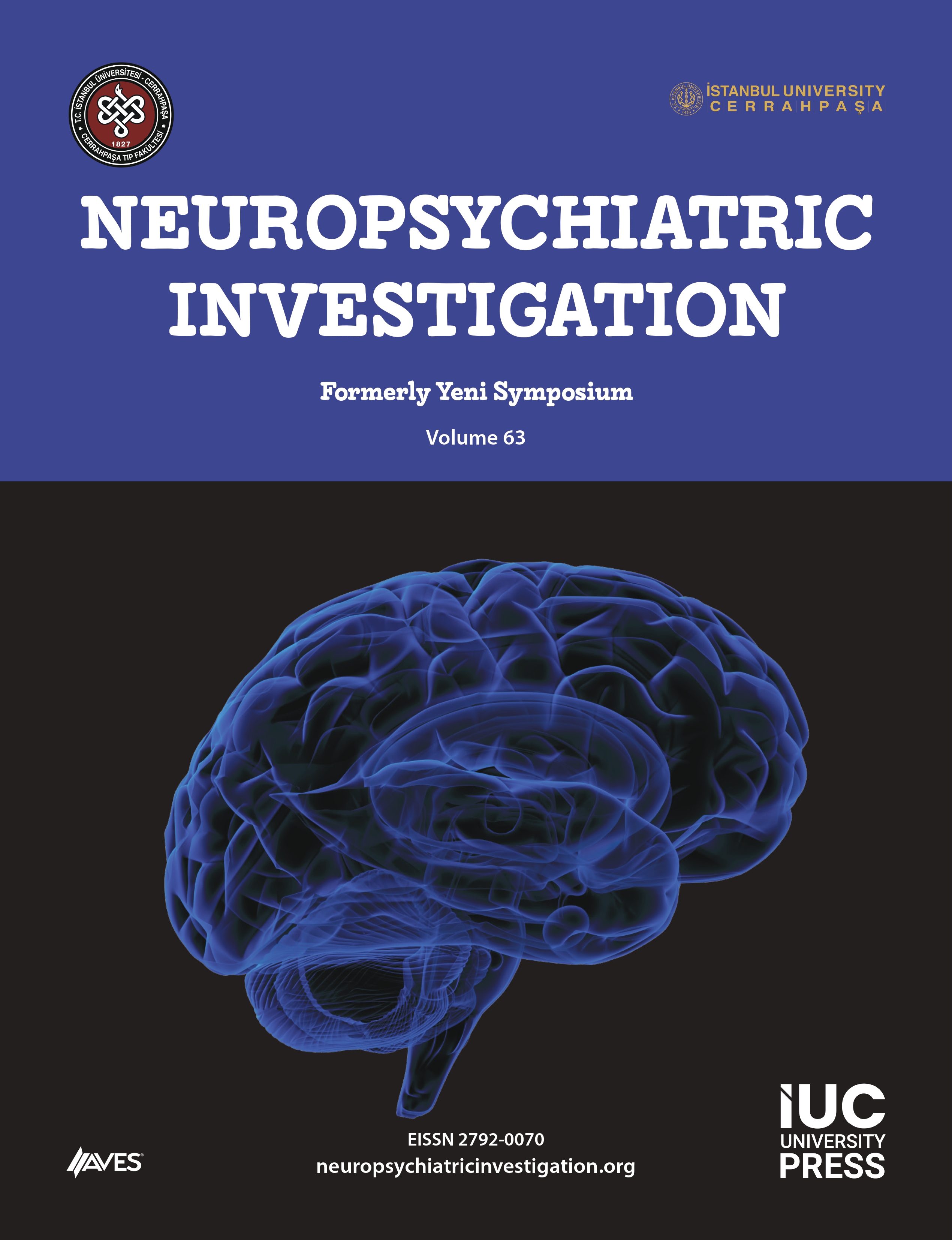Objective: Despite improvements in the treatment and management of ischemic stroke patients, early mortality rates remain high. Identification of high-risk patients may permit effective and more intensive interventions for good outcome. Routine laboratory tests may help predict high risk patients. So we re-evaluated the predictive power of the laboratory tests for assessing early mortality by focusing on the gender differences.
Methods: We retrospectively analyzed the demographic data, laboratory findings and mortality reports of the ischemic stroke patients using SPSS statistical package version 23.0. The differences of variables were determined between patients with and without early mortality via Student’s T and Mann Whitney tests. Univariate and multivariate logistic regression analysis were performed to evaluate the predictive value of the laboratory tests.
Results: The 30 day mortality rate was 16 percent and the predictive power of laboratory tests was different between male and female. Multivariate regression analysis indicated that age and serum urea levels could predict early mortality in both genders. The age cut-off value for the prediction of early mortality was 57.5 and 68.5 years in male and female patients respectively. The elevation of serum urea levels higher than 51.5 and 48.5 mg/dl associated with higher early mortality rate in male and female patients respectively. Furthermore, lymphocyte count, low-density lipoprotein cholesterol, total cholesterol, fast blood sugar and hemoglobin levels independently predict early mortality in female but not in male patients.
Conclusions: Age and serum urea levels may be considered as useful biomarkers for the prediction of the early mortality rates in ischemic stroke patients. The predictive power of other laboratory tests was gender-dependent.




.png)